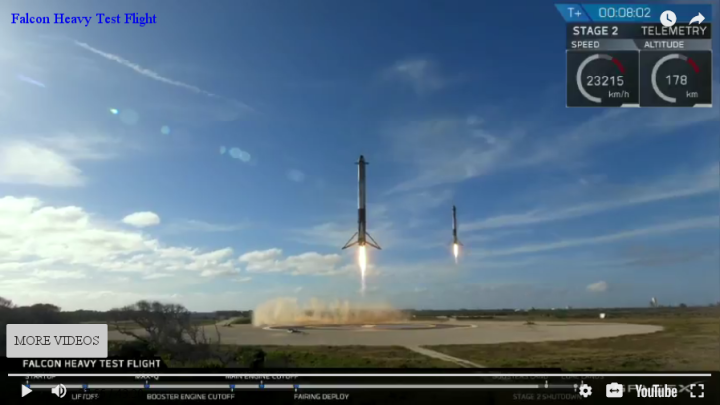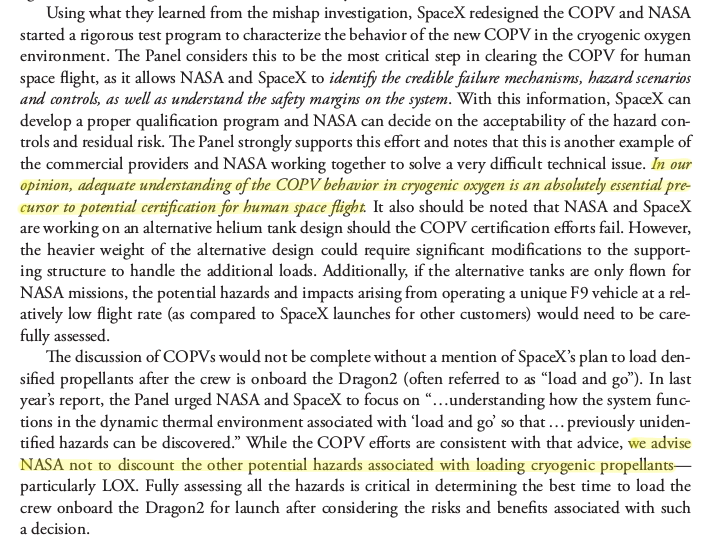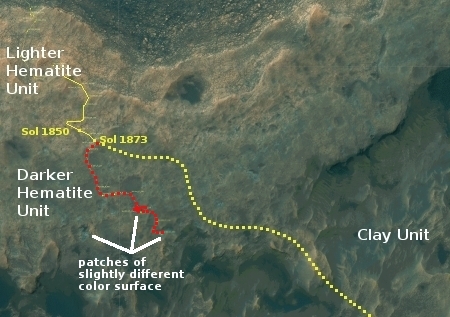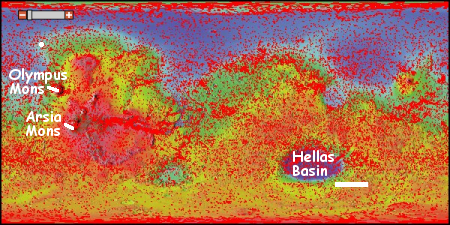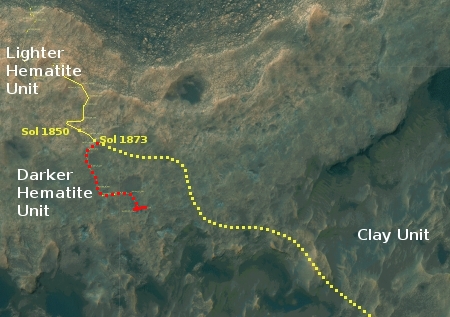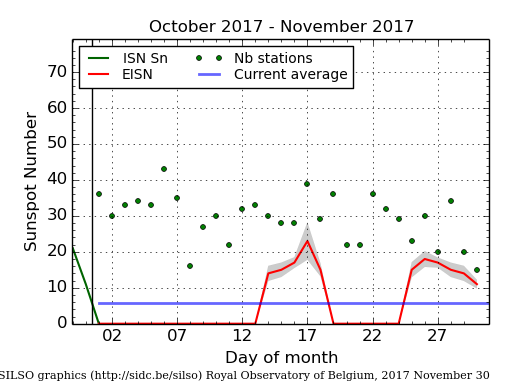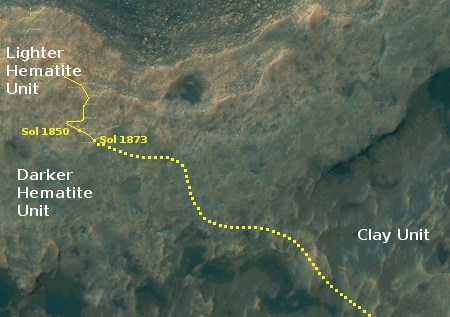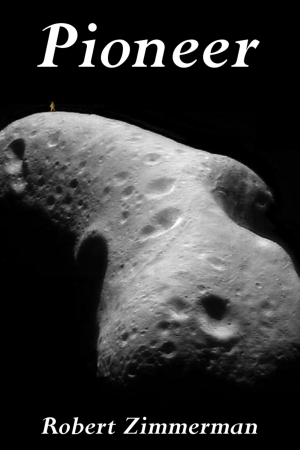Tiny crowded Israel

Much of the world’s political troubles are centered on the question of Israel in the middle of the Middle East. In both the Arab world as well as in some western intellectual circles, there are whole campaigns to make it go away (some peaceful, some genocidal). Politicians, pundits, and intellectuals argue incessantly about the rights of the Palestinians and the Jews, the best solution of achieving peace, and even the question of whether the Jews who have immigrated there have a right to stay.
I have just returned from spending two weeks in Israel, a trip I do somewhat regularly to see family. Each of these visits has given me an on-the-ground close-up look at the situation there, something that is difficult to get from the typically shallow media coverage of the region. And from each of these visits comes at least one essay, something I think is required because of Israel’s significance in much of the world’s political turmoil.
This year, we took a three day sightseeing trip to northern Israel, to visit some Roman ruins, the Sea of Galilee, and an incredible nature preserve that is the springtime home for thousands upon thousands of migrating birds. This excursion thus made this particular Israel visit far different from my half dozen or so previous trips, in that it was the first time I spent a considerable time in Israel proper. All my previous trips visiting family had me spend almost all my time going from one West Bank settlement to another. (That experience resulted in a series of essays on what those settlements are really like, which not surprisingly has no resemblance to their portrayal in the western press. My previous essay, A look at some Israeli West Bank settlements, provides a good summary, but it also provides links to all the previous essays, which are definitely worth the time to read if you want to find out what it is really like in the West Bank. I will give you one clue that might shock you: Hitchhiking is one of the most popular ways to get around.)
Anyway, this three-day trip allowed me to get my first look at Israel itself. The map above shows our route, as indicated by the dotted red line. The numbered Xs were our stops, of which I will discuss below.
» Read more




